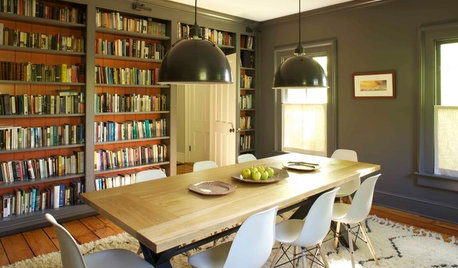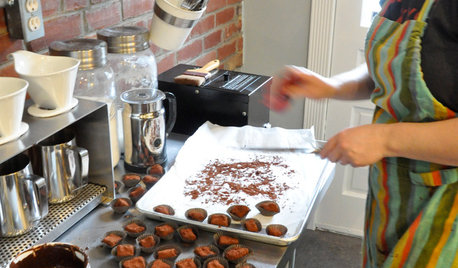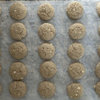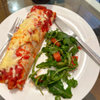Sourdough & Baker's Kaffeeklatsch--la Troisi�me
plllog
9 years ago
Related Stories

DECORATING GUIDES12 Deadly Decorating Sins
Are your room designs suffering from a few old habits? It may be time to change your ways
Full Story
KITCHEN DESIGNLove to Cook? We Want to See Your Kitchen
Houzz Call: Show us a photo of your great home kitchen and tell us how you’ve made it work for you
Full StorySponsored







plllogOriginal Author
ediej1209 AL Zn 7
lascatx
lascatx
lascatx
plllogOriginal Author
ediej1209 AL Zn 7
ann_t
plllogOriginal Author
plllogOriginal Author
ann_t
plllogOriginal Author
ediej1209 AL Zn 7
ediej1209 AL Zn 7
ediej1209 AL Zn 7
ann_t
ann_t
plllogOriginal Author
ann_t
ann_t
plllogOriginal Author
ann_t
lascatx
ediej1209 AL Zn 7
ann_t
plllogOriginal Author
ann_t
ann_t
plllogOriginal Author
plllogOriginal Author
plllogOriginal Author
ann_t
plllogOriginal Author
ediej1209 AL Zn 7
plllogOriginal Author
ediej1209 AL Zn 7
plllogOriginal Author
ediej1209 AL Zn 7
ediej1209 AL Zn 7
plllogOriginal Author
ediej1209 AL Zn 7
plllogOriginal Author
ann_t
plllogOriginal Author
ann_t
ediej1209 AL Zn 7
ediej1209 AL Zn 7
plllogOriginal Author
ediej1209 AL Zn 7
plllogOriginal Author